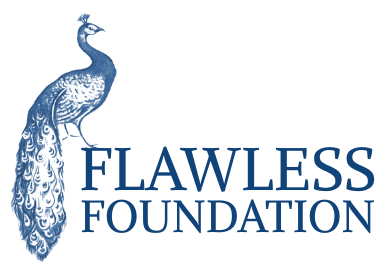Our perception of flags over the past month has changed. We are more aware, more conscious, and we are having an important dialogue about the power of such symbols in both our culture and our own minds. Between the intense and long overdue attention to the Confederate flag issue since the Charleston tragedy and the rainbow effect from the landmark breakthrough with the Supreme Court decision on gay marriage, we have had inspiring and positive markers of activism and change for these civil rights issues. We have much to be grateful for this month. In July, we celebrate our nation’s independence by raising flags, barbecuing with family and friends, and sending brilliant fireworks into the night’s sky. We celebrate our freedom and patriotism. We pledge allegiance even while understanding that America is always a work in progress and we have yet to fulfill our nation’s founding promise of equality for everyone in our society.
That’s why we should also take a moment this month to recognize the red flags that we have overlooked and remember those who have perished because we haven’t taken action: the red flags of mental health that are far too often unseen.
These are red flags that alert us that an individual is struggling or that a person’s brain is under distress. These flags are often flown high to get the attention of others. “I need help,” they cry. And yet, as we have seen time and time again, we turn our back to these signs.
The headlines continually remind us that we overlook signs of mental health challenges and ignore individual’s subtle and overt pleas for help. The nation has been stunned time and time again with the grief of tragedies that have senselessly taken lives. Together, we have wept and together we have mourned, however we remain unwilling to recognize and act on the signs in front of us.
One of the red flags of mental illness that has deeply affected the nation and still stings the heart is the Denver case of James Holmes, who is on trial right now with the death penalty looming large over his tragic life. At the time of the Aurora shooting, this young neuroscience doctoral student was in psychiatric treatment, his threat of danger was reported to the authorities, but the system failed him and failed us all.
Unfortunately, as we’ve seen over and over again, when red flags continue to wave without proper attention, quiet suffering can erupt into intense bangs of destruction.This has certainly been the case in my own life. I had serious brain health challenges as a young child that went untreated for years before my illness became life threatening and I finally got help. The red flags were raised and ignored over and over again until it was almost too late.
Sometimes we are oblivious to these symptoms and other times we simply do not have the courage to intervene. Fortunately, albeit slowly, the tide is turning. I was recently impressed when I went to the doctor for my son’s camp physical and the appointment lasted for one hour with three pages of questions about his physical and emotional health. This was a valiant step in prevention and making sure that all eyes are wide open to the holistic health of our teens during this vulnerable period of development.
The awareness and social change now through the recent public discussions around gay marriage and systemic racism set the example for us to be inclusive with all people who are disenfranchised, marginalized and traumatized by intolerance and even violence. My hope is for us to consider the very different kinds of red flags of mental health that surround us on a daily basis and challenge us to take action.
We are establishing ourselves as an independent nation where we are all created equal, but if we are going to truly fulfill the promise of life, liberty and the pursuit of happiness, it must be regardless of our race or religion, gender or sexual orientation, physical or mental health. Only then we can truly stand united under the same flag of liberty and justice for all.







